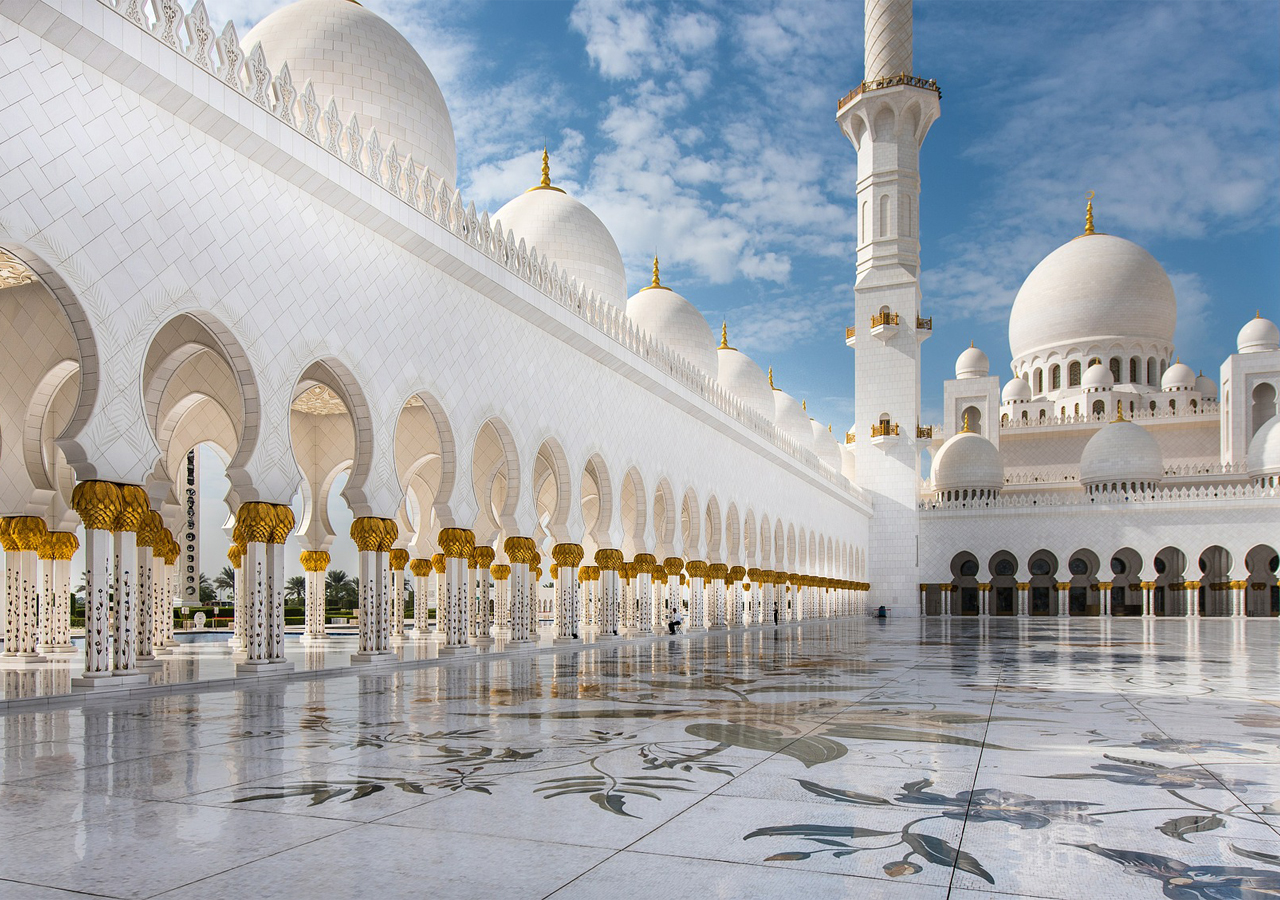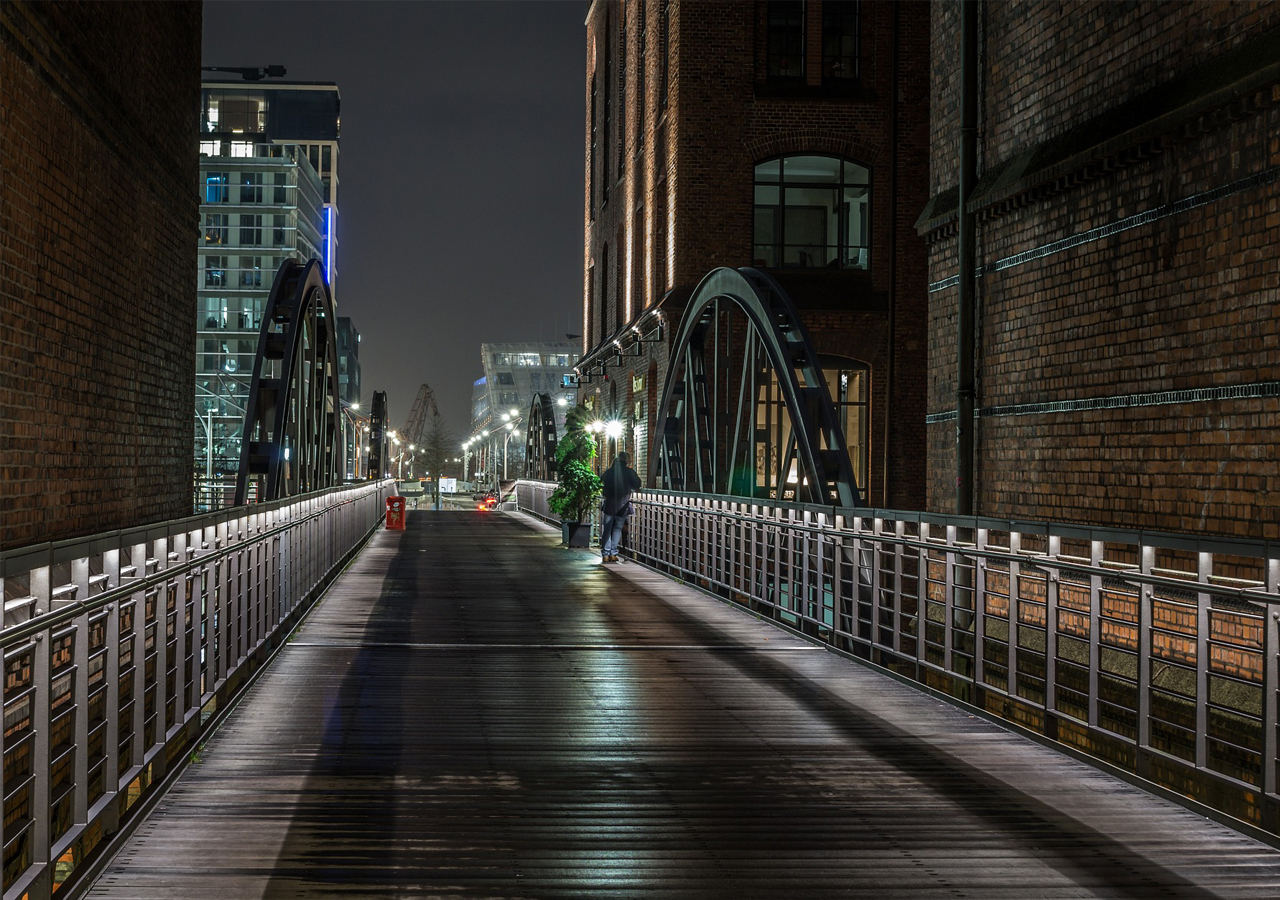трипскан зеркало
페이지 정보
작성자 Andrewgob 작성일24-06-13 06:57 조회83회 댓글0건관련링크
-
 https://tripscan.biz
53회 연결
https://tripscan.biz
53회 연결
-
 https://tripscan.biz
53회 연결
https://tripscan.biz
53회 연결
본문
The original occupant of an Egyptian sarcophagus was unknown. Then a tiny ornament revealed a very big name
трипскан ссылка
A sarcophagus discovered in 2009 in an Egyptian burial chamber came with a complicated history: Ancient writing on the stone container showed that it had been used twice, but while its second occupant, the 21st dynasty high priest Menkheperre, was known, the first owner had remained a mystery — until now.
New clues have surfaced as a result of Frederic Payraudeau, an associate professor in Egyptology at Sorbonne University in Paris, reexamining a fragment of the granite sarcophagus and deciphering the hieroglyphs engraved on it. Tucked away in the cartouche, an oval-shaped ornament often found in tombs, he found a name of a very recognizable figure: Ramesses II.
Payraudeau said the inscription is evidence that the artifact was originally from the tomb of the famous pharaoh and had been reused after looting.
“Clearly, this was the sarcophagus of a king,” Payraudeau said. “The cartouche dates back to its first usage, and contains Ramesses II’s throne name, Usermaatra. He was the only pharaoh to use this name during his time, so that cleared any doubt that it was his sarcophagus.”
The findings, published in the journal Revue d’Egyptologie, add to the lore of Ramesses II, also known as Ozymandias and one of Egypt’s most celebrated pharaohs. It also fills a gap in our understanding of how sarcophagi were used to entomb kings.
Ramesses II was the third king of the 19th dynasty, and his reign — from 1279 to 1213 BC — was the second longest in the history of Egypt. He was known for his victorious military campaigns and an interest in architecture, which led him to order up important monuments and statues of himself. His mummy is at the National Museum of Egyptian Civilization in Cairo.
Another coffin belonging to Ramesses II was discovered in 1881 near Luxor, but the sarcophagus fragment analyzed in the study was found in Abydos, a city about 40 miles (64 kilometers) to the northwest in a straight line.
“That is less bizarre than it seems,” Payraudeau said, “because we know his tomb was looted in the antiquity, maybe two centuries after his death, and he’s certainly not the only king to have been looted.”
The granite fragment, which is a nearly complete part of the longer side of the sarcophagus, was previously believed to have belonged to a prince. “But I always found this strange, because the decoration on this carefully crafted piece was indicative of a king, and had elements traditionally reserved for kings,” Payraudeau said.

















